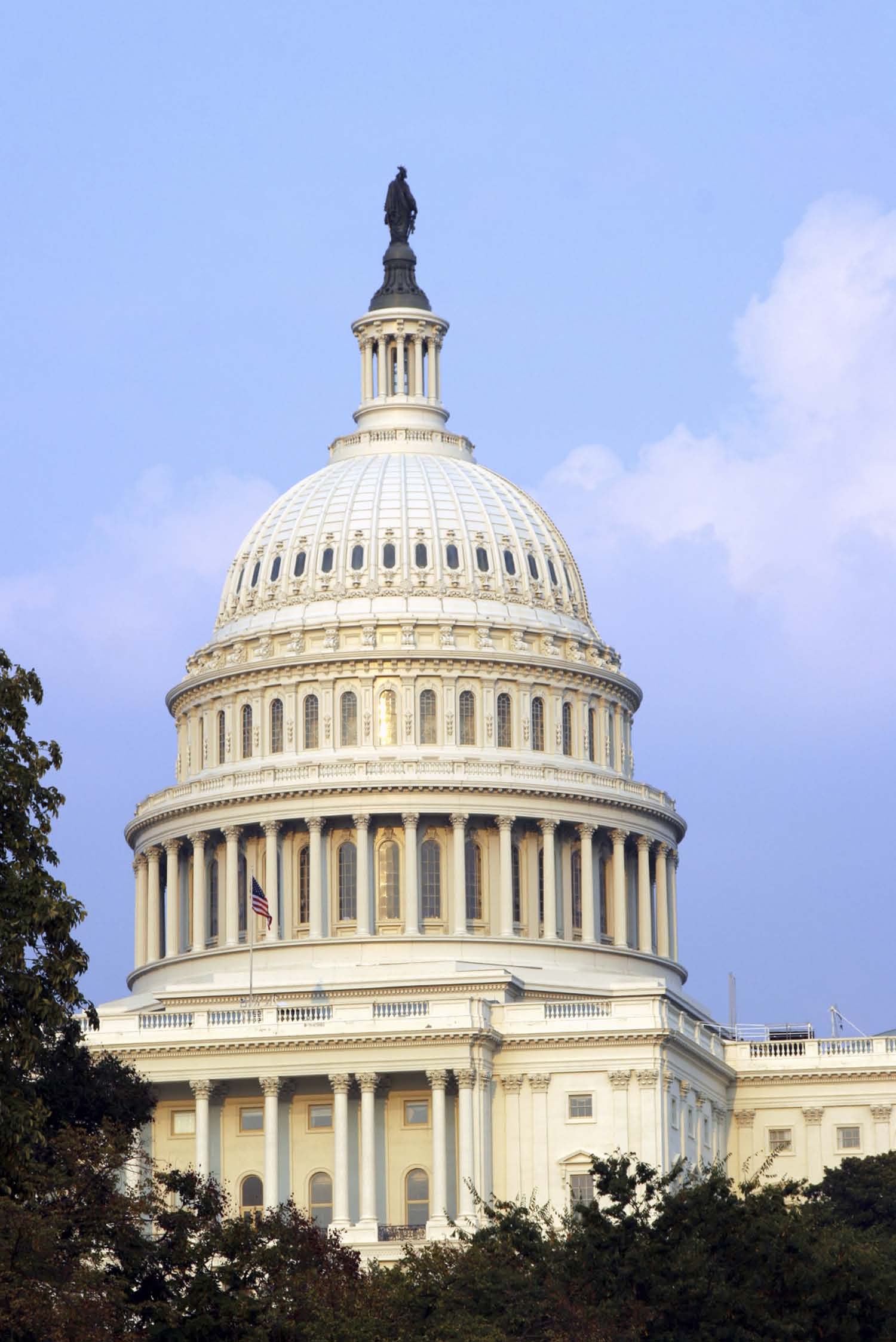July 2009 Vol. 236 No. 7
Government
Costs Of Climate Change Bill Uncertain

The House is likely to pass a greenhouse gas emissions reduction bill which would have major pluses and minuses for the natural gas pipeline industry.
The American Clean Energy and Security Act (H.R. 2454) passed by the House Energy and Commerce Committee by a vote of 33-25 on May 21 would stimulate demand for natural gas but force pipelines to reduce carbon dioxide emissions from compressor exhaust and fugitive methane emissions from many small leakage points along the distribution line. Carbon dioxide is the major greenhouse gas of concern, but methane is much more effective in trapping heat in the atmosphere, something that leads to climate change.
The House Democratic leadership apparently wants to bring the climate change bill to the House floor this year, possibly prior to the July 4th recess. The House bill contains provisions on both reductions in emissions of carbon dioxide and methane plus other energy measures in the areas of renewable energy production, green transportation and energy efficiency. In the Senate, Barbara Boxer (D-CA), chairman of the Environment and Public Works Committee, was planning to hold workshops on the House bill, and probably will use that as the basis for any climate change legislation.
Martin Edwards, vice president for legislative affairs at INGAA, says that while the bill is likely to pass the House, the Senate might be a harder sell. Democrats representing industrial states such as Michigan and Ohio may be reluctant to support a bill which – through its mandated carbon emission reductions – would put additional economic pressure on their reeling manufacturing bases.
The House bill would cut global warming pollution by 17% compared to 2005 levels in 2020, by 42% in 2030, and by 83% in 2050. Those reductions would theoretically be accomplished as electric utilities and manufacturing facilities switched their current energy inputs of oil and coal to natural gas and perhaps alternative fuels such as solar and wind. Utilities and industrials that could not reduce their greenhouse gas emissions to levels included in the bill would have to buy “allowances” from other companies that had successfully reduced their emissions more than necessary to meet their “caps.” The federal government would give out some allowances free of charge at the start of the regulatory program.
Edwards states that INGAA has not done an analysis of what reducing carbon dioxide and methane emissions would cost the interstate pipeline industry. He explains that the emissions themselves are small, but add up on a national basis.
While INGAA is a bit concerned about the cost of stemming carbon dioxide and methane emissions from distribution facilities, the American Gas Association is more concerned about emissions from their customers. The bill allocates emission allowances to local natural gas utilities to cover the carbon emissions of their residential, commercial and small industrial customers. Natural gas utilities’ residential and commercial customers would not be covered by the bill’s carbon cap until 2016. “AGA looks forward to working with Congress as it considers climate change legislation that strives to improve our environment and energy security, while also encouraging the increased use of clean, abundant, domestic natural gas,” says Rick Shelby, AGA executive vice president for public affairs.





Comments